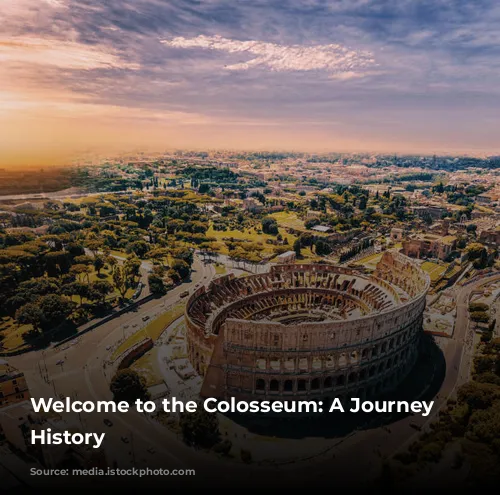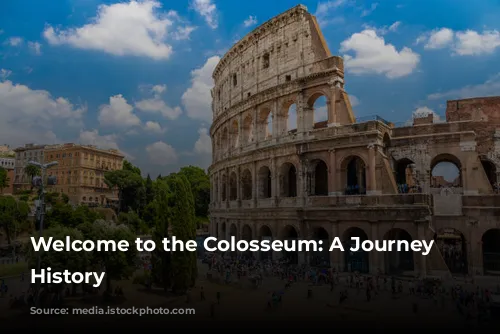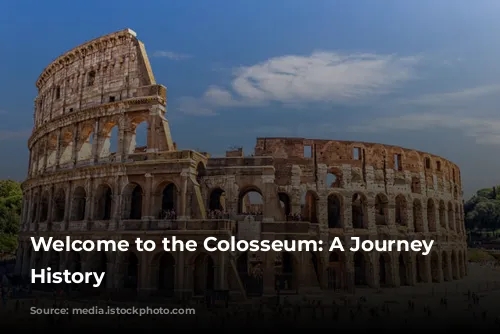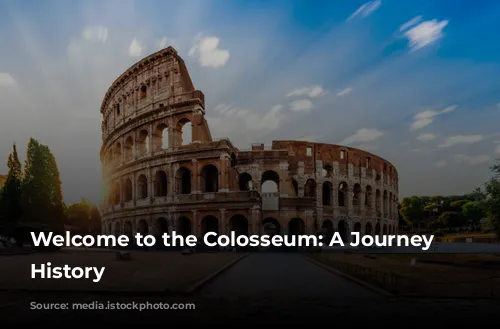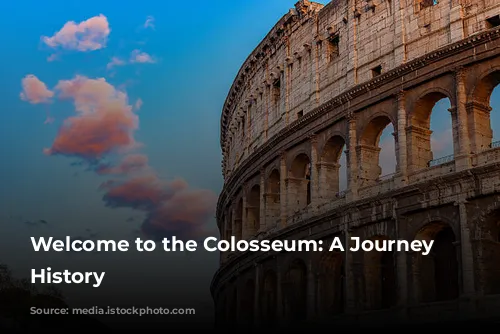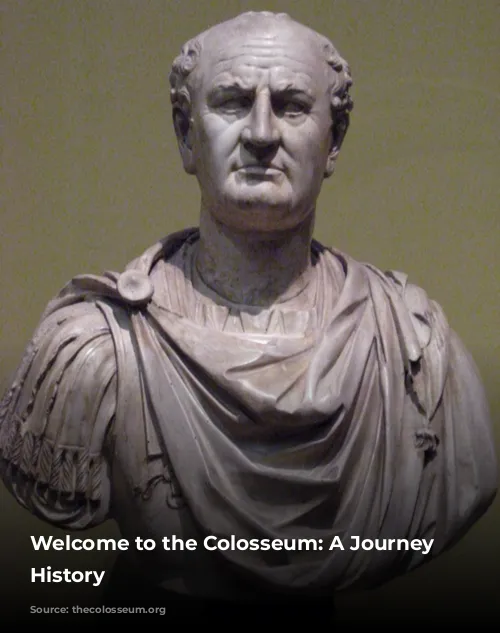The Roman Colosseum, with its two millennia of existence, holds a captivating history etched in its stones. This majestic arena was once the stage for bloody gladiator duels, thrilling hunts, and gruesome executions. If you’re planning a visit and want to impress your companions with your knowledge, buckle up for an exciting journey through the Colosseum’s fascinating facts!
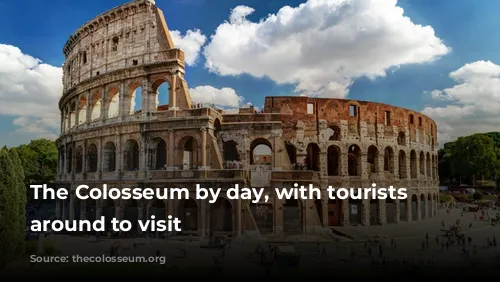
The Colosseum’s Construction
When was the Colosseum built?
Construction commenced in 72 AD under Emperor Vespasian, but his passing in 79 AD marked a pause in its rise. The monumental task was finally completed in 80 AD under his sons, Emperors Titus and Domitian. The Colosseum wasn’t solely built by Roman craftsmen, but by the hands of Jewish slaves, a sad reminder of the time’s cruel realities.
How many people participated in its construction?
The aftermath of the First Jewish-Roman War brought a grim legacy. The Jewish Temple of Jerusalem was plundered, and a vast number of its inhabitants were enslaved. These unfortunate souls were transported to Rome, where an estimated 60,000 to 100,000 of them were forced to toil in the construction of the Colosseum.
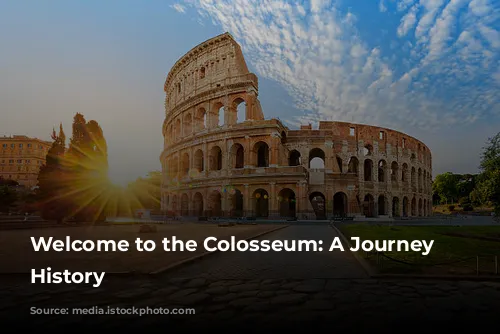
The Colosseum: A Monument of Entertainment
Why was the Colosseum built?
The Great Fire of 64 AD left a scar on the heart of Rome, consuming a large portion of the city. Emperor Nero, infamous for his extravagance, ordered the construction of a luxurious palace for himself on the devastated land, aptly named the Domus Aurea. The citizens, already resentful of Nero’s lavishness, were outraged. When Vespasian ascended to the throne, he wisely decided to dismantle Nero’s palace and erect a grand amphitheater – the Colosseum – on the site of its former artificial lake. This monument was intended to become a symbol of unity and entertainment, a place where all Romans could gather and share in the spectacle.
What does the Colosseum’s name mean?
Originally, the Colosseum was known as the Flavian Amphitheater, named after the Flavian dynasty, which included emperors Vespasian, Titus, and Domitian. The name “Colosseum” likely originated from the colossal bronze statue of Emperor Nero, modeled after the Colossus of Rhodes, that once stood near the building.
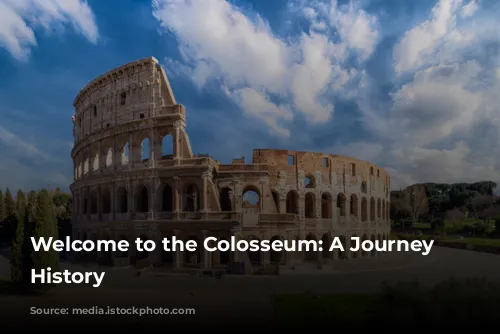
The Colosseum’s Dimensions
How big is the Colosseum?
The Colosseum is an oval-shaped marvel. It measures a staggering 189 meters long, 156 meters wide, and 48.5 meters tall. Its vast footprint spans six acres, showcasing the impressive scale of this ancient wonder.
How many arches do the Colosseum have?
The Colosseum’s external walls are adorned with three tiers of columns: Doric, Ionic, and Corinthian. Each level boasts 80 arches, a total of 240! Seventy-six of these arches are numbered with Roman numerals, providing a guide for the spectators to find their seats. While 80 arches originally graced the ground level, only 31 remain today, standing as a testament to the grandeur of the past.

The Colosseum’s Construction
What material was the Colosseum built from?
The Colosseum stands tall thanks to the use of approximately 100,000 cubic meters of travertine stone, meticulously quarried from Tivoli, 20 miles away. Thousands of iron clamps held these massive stones together, creating a structure that defied the test of time.
What is underneath the Colosseum?
Beneath the Colosseum lies a hidden world known as the Hypogeum, which translates to underground. This labyrinthine network of tunnels and chambers served as holding areas for gladiators, animals, and prisoners, awaiting their fate in the arena. Eighty vertical shafts provided access from the Hypogeum to the arena, while an elaborate system of trap doors enabled the deployment of theatrical elements during the spectacles.
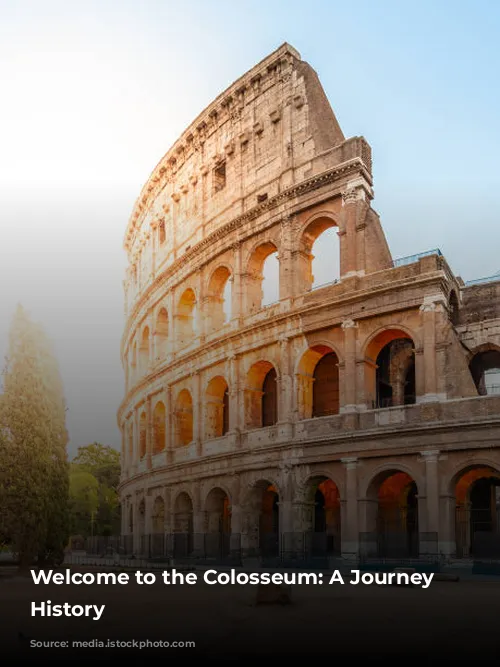
The Colosseum: A Venue of Blood and Spectacle
How many spectators could the Colosseum seat?
This monumental arena could accommodate a massive crowd, holding between 50,000 and 80,000 spectators, making it a true symbol of the Romans’ love for spectacle.
How many people died in the Colosseum?
It’s impossible to determine the exact number, but estimates suggest that as many as 400,000 individuals, including gladiators, slaves, convicts, prisoners, and entertainers, perished in the Colosseum during its approximately 350 years of bloodsport and spectacle.
What animals were used in the Colosseum?
The Colosseum witnessed a menagerie of exotic animals. Lions, tigers, wolves, bears, leopards, wild boars, elephants, hyenas, buffalo, hippopotamuses, crocodiles, and even giraffes all graced the Colosseum’s stage, either in staged hunts where they were pitted against trained human opponents or as executioners for those condemned to death.
How many animals were killed in the Colosseum?
While the exact number remains a mystery, accounts of hunts and spectacles, coupled with estimates of events held, suggest that the number of animals killed in the Colosseum is well into the millions. It is even said that the Colosseum contributed to the eradication of certain animal species from neighboring regions.
What types of spectacles were put on in the Colosseum?
The most renowned spectacle was, of course, the gladiator battles. But the Colosseum also hosted hunts, executions, and even Naumachia, staged naval battles for which the arena was flooded.
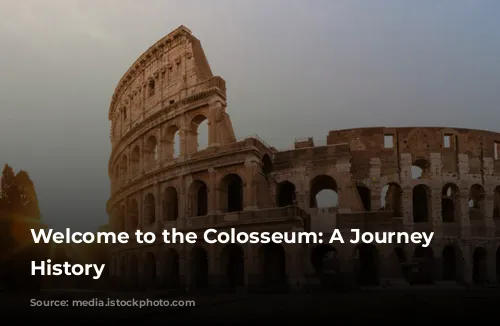
Unmasking the Reality of Gladiator Combat
Were gladiator fights as bloody as is believed?
Contrary to popular perception, gladiator fights were not a mere bloodbath. These contests resembled modern boxing matches: gladiators were categorized based on their size and fighting style, referees and doctors supervised the fights, and death was not always the outcome. Match-ups were strategically chosen based on the experience, records, and styles of the fighters, and successful gladiators could even achieve celebrity status. While some gladiators died in the arena, their fights were more structured and less chaotic than often imagined.
Were Christians martyred in the Colosseum?
Although thousands perished within the Colosseum’s walls, the historical evidence linking Christian martyrs to the Colosseum remains inconclusive.
Did the events depicted in the movie Gladiator really take place?
Commodus, the Roman Emperor featured in the movie, was indeed a real figure and a passionate admirer of gladiatorial combat and bloodsports. He would even participate in these spectacles, albeit against handicapped opponents or harmless animals. His sadistic nature and these displays earned him the scorn of Rome’s citizens, ultimately contributing to his downfall. However, his demise in the arena, as portrayed in the movie, is fictional.
Were gladiators actually slaves?
While not formally enslaved, gladiators essentially lived as slaves. Their status as members of the infame class stripped them of their rights, making them property of their owners. Their lives were forfeit, their destinies dictated by their masters.
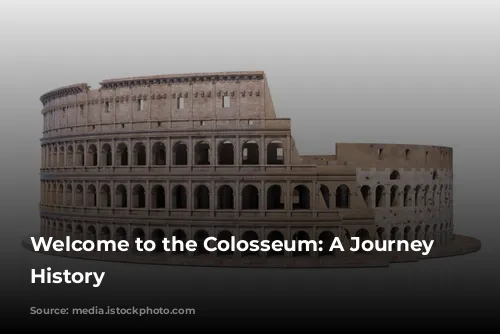
The Colosseum’s Legacy
When was the Colosseum last used to host fights?
The exact date remains unknown, but historical records indicate that the last gladiatorial battles took place in 435 AD. However, hunts continued for about another century.
Why did gladiator fights in the Colosseum stop?
The decline of the Roman Empire, coupled with the Colosseum’s state of disrepair and the exorbitant costs associated with maintaining the building, paying for gladiators, and acquiring exotic animals, led to the cessation of gladiatorial combat. It’s important to note that this change wasn’t due to the rise of Christianity, as many believe.
What catastrophes has the Colosseum suffered?
The Colosseum has endured multiple fires and earthquakes throughout its existence. These events have left their mark on the building, causing significant damage. Despite these setbacks, the Colosseum has been repeatedly repaired and rebuilt, a testament to its resilience.
What has the Colosseum been used for other than as an arena?
Beyond its role as an arena, the Colosseum has served various purposes throughout history, including a cemetery, a place of worship, housing, workshops for artisans and merchants, a religious order’s home, a fortified castle, and most recently, as a popular tourist attraction.
How many people visit the Colosseum every year?
The Colosseum is a global icon, drawing over 7 million visitors annually, solidifying its position as one of the world’s most visited landmarks. This number has surged in recent years as tourism has rebounded following the pandemic.
The Colosseum, a monument to power, spectacle, and the ebb and flow of time, continues to enthrall generations with its historical significance and architectural brilliance. A visit to this ancient arena offers a unique opportunity to step back in time and witness a glimpse of Rome’s glorious past.
